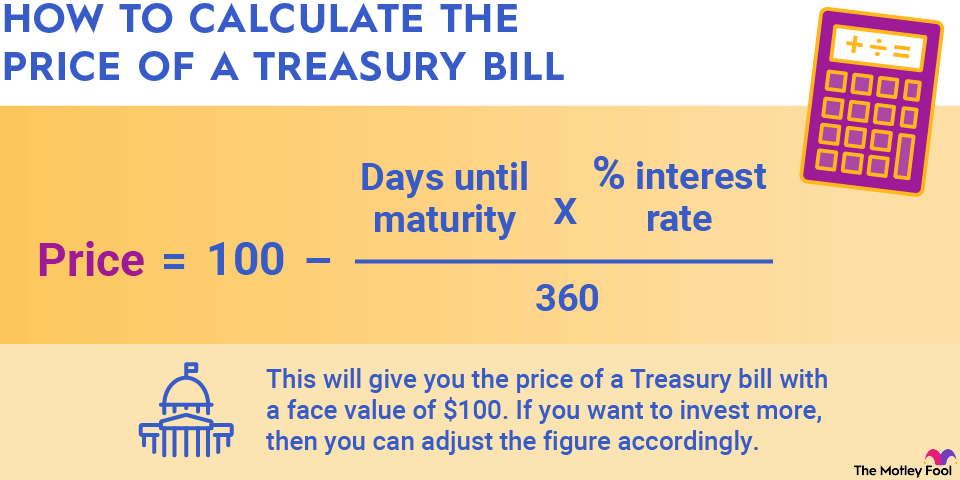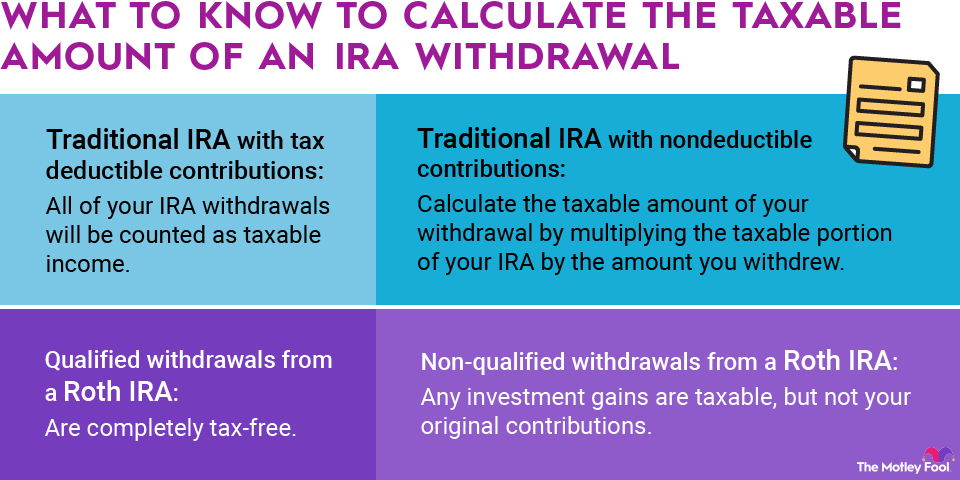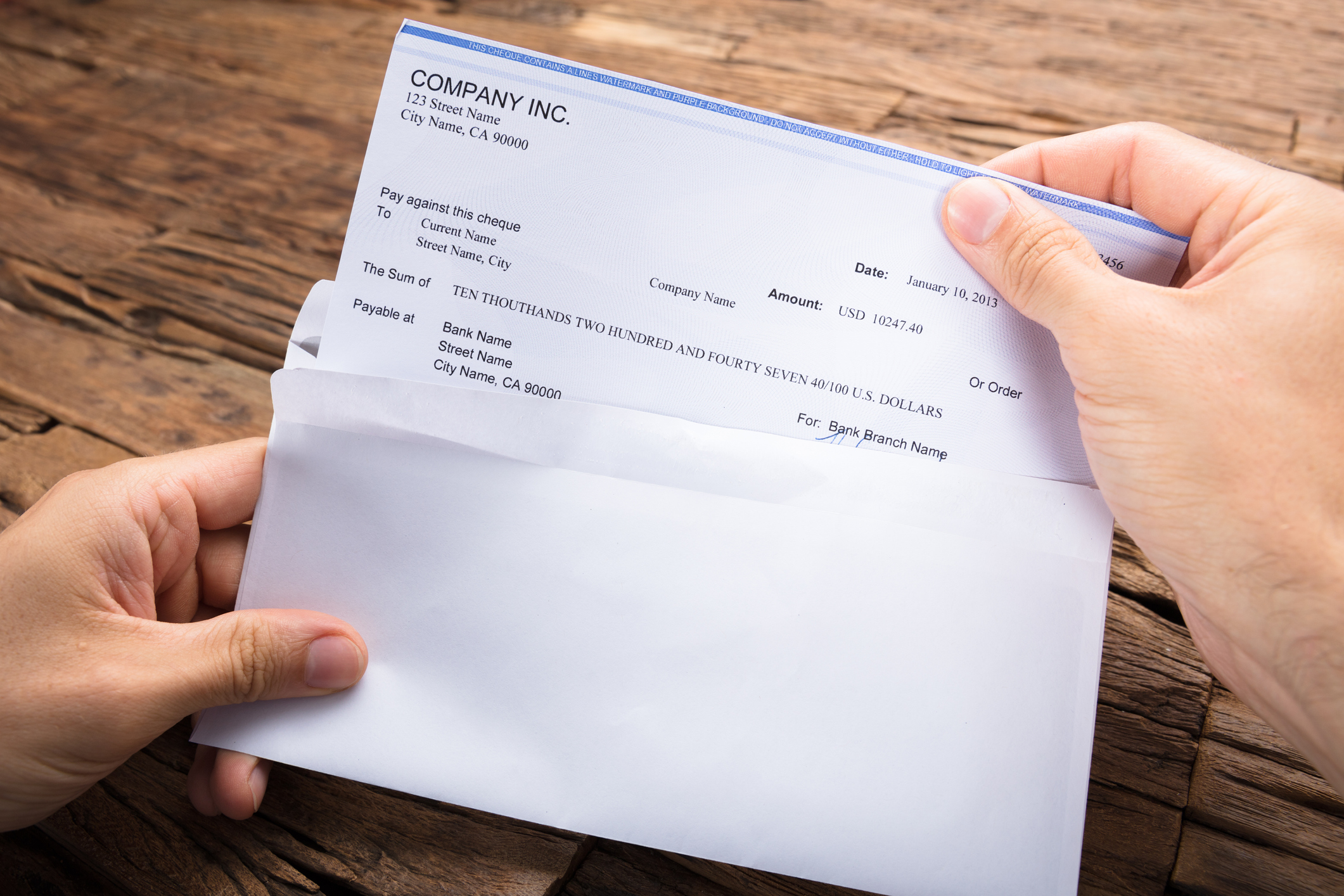A company's average shareholder equity is calculated by taking the shareholder equity from at least two consecutive periods and taking the average.
To do this calculation, you will need a company's financial statements for at least two periods, like two consecutive quarterly or annual reports. You will find shareholder equity listed on the balance sheet in the "Liabilities and Equity" section of the financial statements.
Once you've found the shareholder equity numbers, you should add the two numbers together and divide by two. The result is the company's average shareholder equity for those two consecutive periods.

If you want to calculate the average shareholder equity over three, four, five, or more quarters, you just need to find the shareholder equity number for each of those periods, add them all together, and then divide by the total number of periods you are reviewing. The math calculation is the same process you use to calculate your semester average in school or the scoring average of your favorite athlete.
Why would you want to calculate average shareholder equity?
Average shareholder equity is a common baseline for measuring a company's returns over time. Using average shareholder equity makes particular sense if a company's shareholder equity changed from one period to another. That number can change because of retained earnings, new capital issues, share buybacks, or even dividends.
For example, a company may have shareholder equity of $1 million as of the first quarter and then issue new shares during the second quarter, raising shareholder equity to $1.5 million. Their average shareholder equity then for the first and second quarters is $1.25 million.
If you were to calculate their return on equity for the period using just the second quarter's $1.5 million number, ROE would appear lower than the company's actual performance. That's because the return on equity calculation places shareholder equity in the denominator of the equation; therefore, a higher level of shareholder equity results in a lower return on equity, all things being equal.
In this example, that lower ROE calculation isn't necessarily a fair performance metric because the new capital hasn't had a chance to be invested in profitable opportunities. Over time, that new capital will be deployed and should drive higher profits and ROE. It just takes a little time to work.
Related investing topics
Analyzing a company
The key to analyzing a company is not just to understand the results of each calculation, but also to go a step further to understand what the numbers mean in the context of the business.
Using average shareholder equity over time instead of a single period's number is an example of tweaking your analysis to fit the reality of the business instead of just blindly calculating ratios. Taking that perspective will make your analysis more accurate and informative and ultimately improve your investing.

















